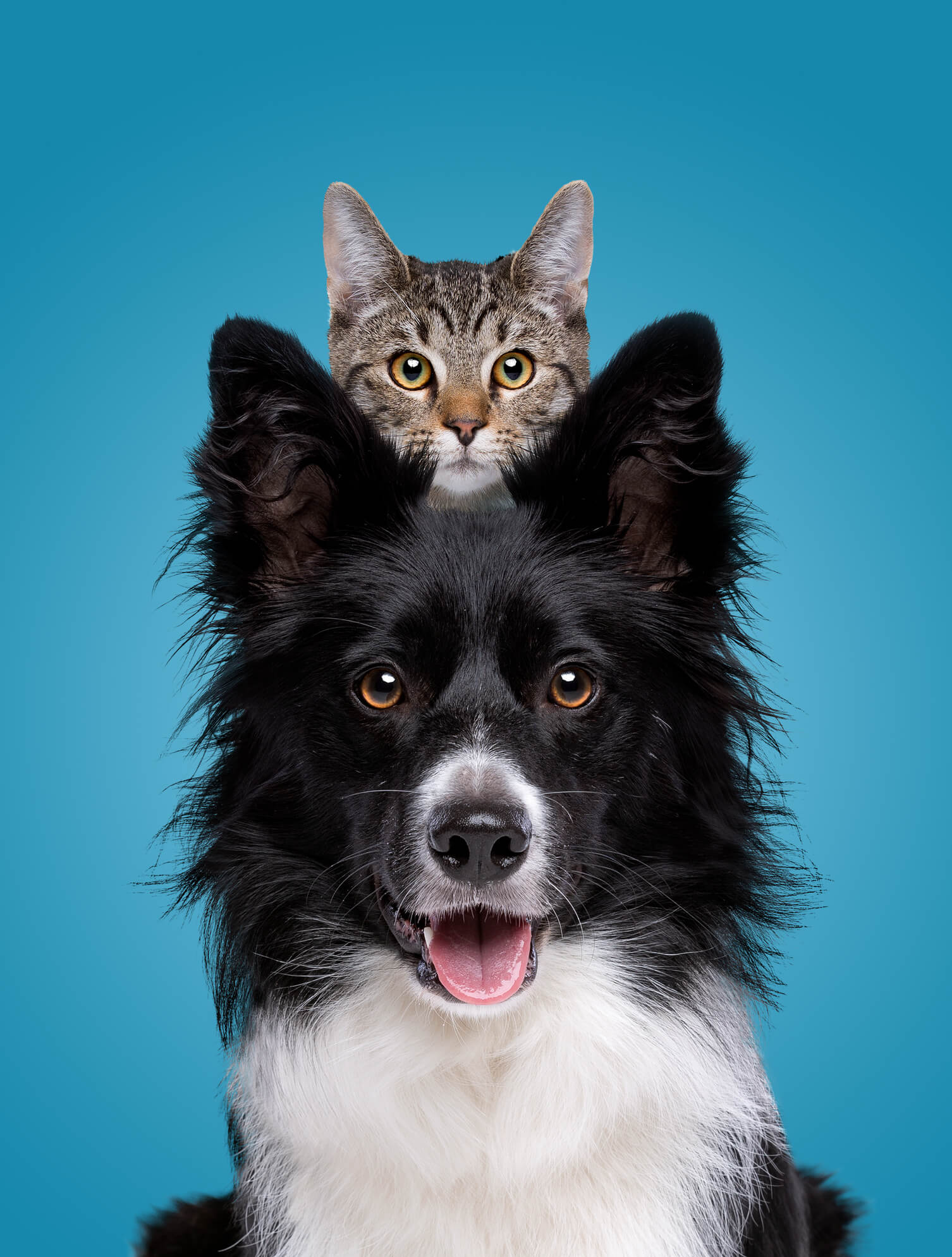If our cat lives in semi-freedom and is used to going out , he will hardly want to stay indoors all the time in winter, even if his outings will be limited and shorter than in other seasons. In general, he will greatly appreciate being curled up in front of the fireplace or near the radiators or he will prefer to curl up on the sofa next to us. But if he is used to going out, he will hardly give up this privilege , despite the cold .
It is therefore up to us to make sure that its outings are as safe as possible and that the animal has the tools to protect itself from the cold.
Let’s say that the ideal , in reality, would be to opt for one of the two exclusive options : either the cat always lives outdoors (equipped with every comfort and shelter) or always inside the home. This is to avoid thermal changes, and to ensure that his body and his coat have the opportunity and time to better adapt to external conditions, to face every season with the right equipment.
But if your cat lives in semi-liberty, precautions must be taken to prevent it from getting sick or suffering from the cold when going out in winter .
Meanwhile, let us reassure ourselves that our cats are more resistant to cold than we humans . In fact, their body temperature is on average higher than ours. And this in itself benefits them from the start.
Let us also remember that our feline, even if he spends a good part of his time inside the house, is not a fool … when he feels that the temperatures will become more hostile, he will be the first to peep into the house.
That said, let’s see what we can do our part to keep the Scout Kitty safe.
HOW TO PROTECT THE CAT FROM THE COLD
To prevent our cat from getting cold, we can be careful to take care of some details:
1- Try to get it out during the central hours of the day (from 11/12 to 16 max.) Which are usually also the least cold ones
2- Before letting the cat out, make sure it spent the time in the house prior to the exit, on the move (and do not go from sleeping in front of the fireplace to the garden, so to speak). So take care to play with your cat for a while before letting him out, to get his metabolism and blood circulation working . So when it comes out, the impact with the cold of the external environment will be less.
3- Provide that the cat always has a shelter in which to take shelter : make available warm, dry, waterproof beds and in places as sheltered as possible from atmospheric agents.
4- The cat that lives in semi-freedom and goes out even in winter, needs to prepare its coat, so that it can protect it from the cold. Not always living outdoors, however, but indoors, at higher temperatures, it is difficult for his fur to have been able to adjust and thicken for the winter. What we can do is practice a careful grooming of the coat, so as to help the undercoat to thicken and protect the animal from the cold.
5- The cat that goes out during the cold summer days has a more accelerated metabolism and therefore will need a higher caloric intake . Increase the food rations and make sure they are higher in protein (attention: no more fat then!).
6- Even if it is winter, it is important that water is always available for our cat. Arrange bowls with water on the outside as well, taking care to change it every now and then, in order to prevent it from freezing or becoming dirty and contaminated.
7- Pay attention to cars : not so much and not only if we live in busy streets (in this case it is better to avoid letting our cat out … whatever the season, unless you have the opportunity to run him around in a park or a protected courtyard). But in winter cars offer an inviting refuge from the cold for cats … It is therefore very important, before starting the car, to check that there are no cats sleeping inside the hood or on the wheels, perhaps doing a little noise to allow him to escape sooner.
CATS AND WINTER RIDES: YES BUT WITH SOME EXCEPTIONS
It is true that it is important to let our cat out in the winter, if he is used to roaming freely, but there are some exceptions.
Small cats are more defenseless in the face of low temperatures , so it will be our care to avoid letting them go out in the first months of life.
Same thing, albeit for different reasons, for older cats: their thermal self-regulation is less efficient . Furthermore, with old age pathologies such as arthritis or arthrosis often loom, which worsen considerably with cold and damp.
In these cases, therefore, if the cat suffers from these ailments , regardless of age, it will be good to always keep him warm at home.
LET THE CAT GO OUT IF IT’S SNOW OUTSIDE?
Yup. If our cat likes to roll around in the snow… why stop him?
However, after he has enjoyed playing, hopping and sinking in the soft layer of winter snow, we will have to take care to dry his fur and especially his paws . In fact, these, and the pads in particular, are more delicate than we can imagine, and it is important that they do not stay wet for long, to avoid injuries, cuts or infections.
In short, go ahead for trips outside the city even during the cold winter season… as long as you take some precautions: for a free, happy and always safe cat!


